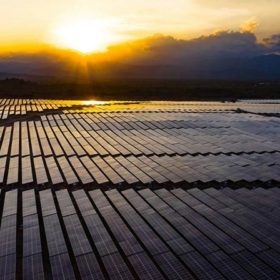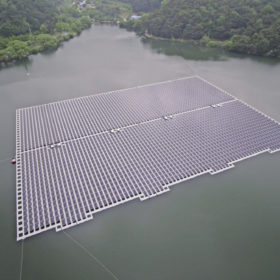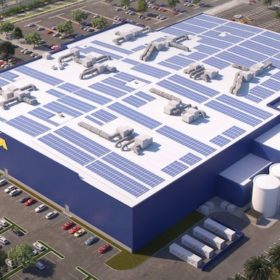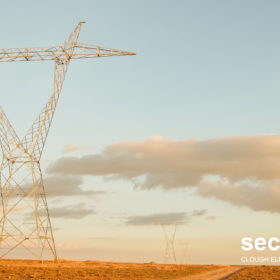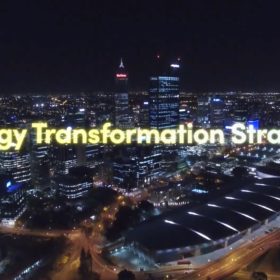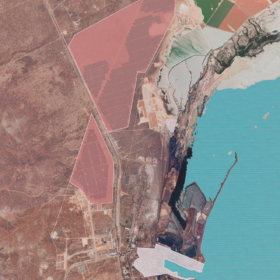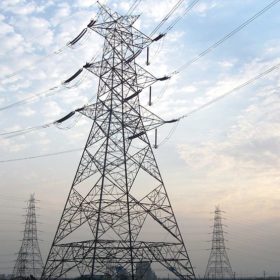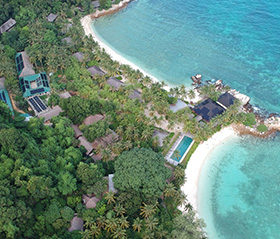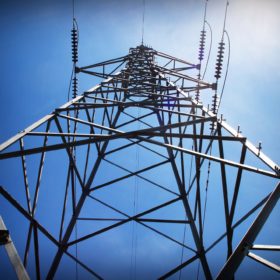Vietnam opens 450 MW solar plant as utility-scale solar era dawns in SE Asia
Ho Chi Minh City-based construction company Trungnam Group said its army of labourers took just 45 days to perform site clearance for a project which took shape within 102 days. The 450 MW solar plant signals a new era in utility-scale solar for Vietnam, which is already seeing significant growth in its rooftop solar markets.
Australia a key player in new Global Power System Transformation team of 6
This week will see the official launch of a global taskforce that aims to support worldwide uptake and integration of renewables and achieve at least 50% reduction in emissions over the coming decade.
The weekend read: The plan to REZurrect Australia’s large-scale segment
Investment in large-scale solar appears to be faltering in Australia. The technology with the lowest cost, with no emissions and the fastest time to delivery, has often found itself dangling at the oversubscribed end of a limp transmission line, with additional, expensive requirements to connect, or earnings-slashing curtailments when operational. Investors have found no reassurance in the federal government’s winking at coal, courting of gas, and undermining of agencies established to support innovation and investment in renewables. In short, the Australian prime minister is showing a complete lack of urgency to act on climate change. Enter the Renewable Energy Zone.
Ikea Adelaide constructing unique microgrid on its way to 100% renewable energy
Ikea Adelaide is leading the way for the Swedish giant’s global aspirations towards 100% renewable energy through what is being touted as Australia’s largest grid-connected commercial microgrid. The two stage project boasts a range of unique features which could lay the foundations for a new sustainable energy model for Australia.
Clough and Elecnor joint venture appointed EPC for SA-NSW Interconnector
A 50/50 joint venture between Clough Group and Spanish infrastructure giant Elecnor has been selected as EPC for the 700km NSW section of the SA-NSW Interconnector, Project Energy Connect. The big jobs require the big guns, and it seems as though the big guns have been called in on this occasion, with Project Energy Connect deemed integral to the energy future of both states.
Rooftop PV set to shine in WA’s energy future despite growing gas cloud
The Western Australian Government’s Energy Transformation Taskforce has revealed its first blueprint for the isolated state’s energy system transformation over the next two decades. The blueprint, which features four separate models, sees rooftop solar and accompanying battery storage excel in the coming years, although it suggests coal-fired power will still have a large presence.
The South Australian renewable energy crucible – perspectives from macro to micro
One of the few benefits of COVID-19 is the ability to virtually attend conferences that may previously have been a plane ticket too far. Tomorrow’s South Australian Renewable Energy Conference is a window of opportunity …
Labor’s Albanese envisages a nation rewired for rebound from recession
Australia needs more transmission and network capacity to efficiently use its vast, distributed renewable-energy resources, and to enable transition to a low-cost, zero-carbon electricity supply. In the Australian Opposition’s Budget in Reply it aims to make Australia’s inherent wealth work better for the nation, and puts transmission infrastructure upgrade at the centre of the country’s recovery from Covid-19.
Islands on the horizon of hope: Canopy Power’s solar microgrid helps another island toward a sustainable future
Singapore-based solar plus storage microgrid expert Canopy Power has helped the Batu Batu resort on Malaysia’s Tengah Island reduce its dependence on diesel fuel through the installation of an integrated system which will cover a quarter of its energy needs.
Powerlink Queensland launches ‘system strength as a service’ model in deal with Neoen
Powerlink Queensland has launched its ‘system strength as a service’ model in Far North Queensland through a deal with renewable energy giant Neoen’s 157 MW Kaban Green Power Hub. Powerlink Queensland’s model is to install a large synchronous condenser and then on-sell its system strength capacity to multiple renewable energy projects, a way to increase renewable energy integration into congested parts of the grid.
